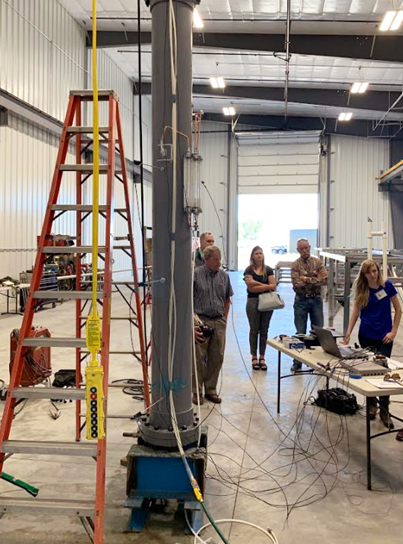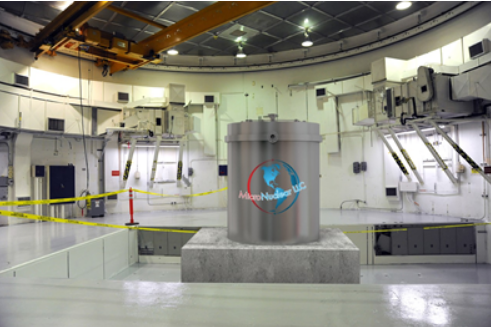University of Idaho team claims nuclear research success


MOSCOW,Idaho (KIFI/KIDK)-University of Idaho researchers in Idaho Falls say they have verified a new procedure that could save communities millions of dollars and speed up development of the world's first Molten Salt Nuclear Battery (MSNB).
The MSNB is a nuclear energy reactor that could generate heat and produce electricity. The University believes generating energy from nuclear fuel dissolved in molten salt is known to improve safety and efficiency. That's because it does not require a solid fuel like uranium or plutonium.
“This is a monumental step in the molten salt reactor design process,” said U of I, Idaho Falls Nuclear Engineering Director Rich Christensen, “So many military bases, hospitals and communities rely on secure, continuous energy from a standard grid. If that grid goes down, all these critical areas suffer. The MsNB provides a small, distributed energy source, bringing autonomy to institutions who were once dependent on one central source of power.”
Christensen designed a testing device that can mimic the internal heat generation that would occur within a reactor through fission.
In the MsNB, heat released during the ohmic heating testing process causes the molten salt fuel within the battery to rise in a central cylinder. Once at the top, the fuel moves to a heat exchanger, where it is cooled and falls back down the space between inner and outer cylinders. This natural circulation eliminates the need for valves and pumps, improving the reliability and simplicity of the reactor design.
A reactor surrogate was constructed by Premier Technology, Inc. in Blackfoot. A patent is being filed on the concept's application to natural circulation in nuclear power plants.
According to a UI news release, with a 10-year lifespan, the MsNB would allow for easy factory construction and transport of reactors to remote areas to support critical infrastructure with electricity and heat. When the battery dies, Christensen said, the device can be shipped back to the factory to be recycled or disposed of.
A U.S. Department of Energy grant proposal has been submitted by Micro Nuclear, Premier Technology, INL and a consortium of eight universities led by U of I. If awarded, funding will go toward validation and completion of an initial MsNB design, including manufacturing at Premier Technology.
